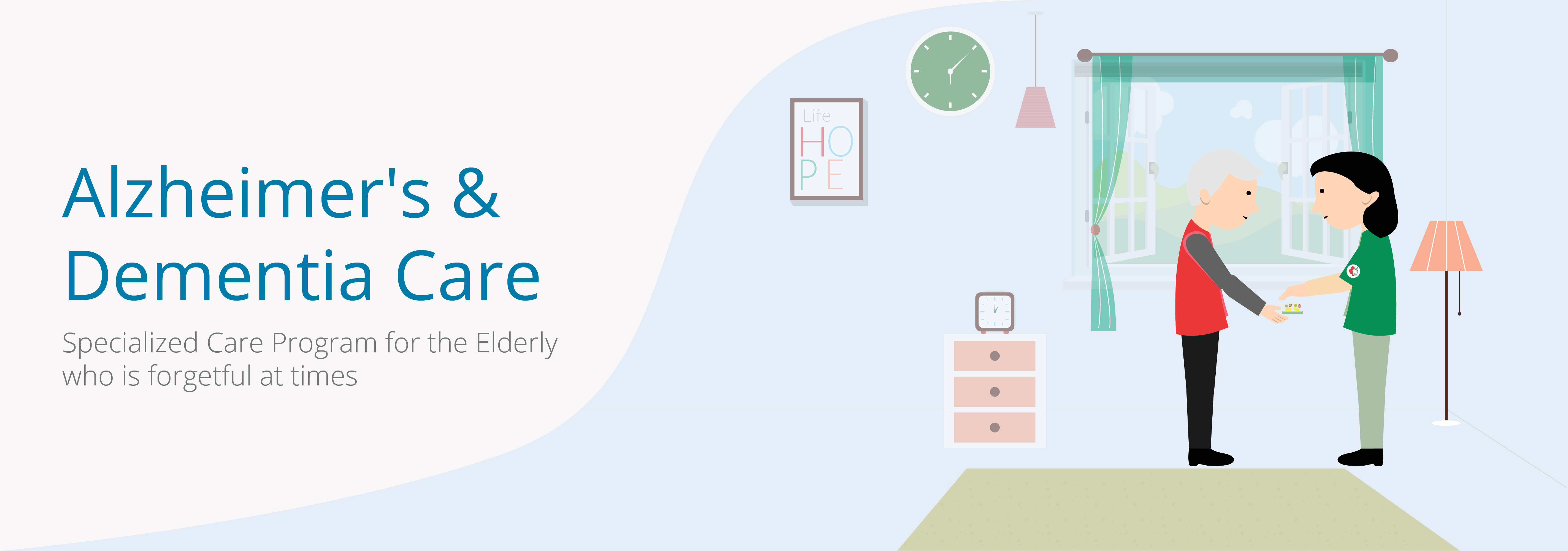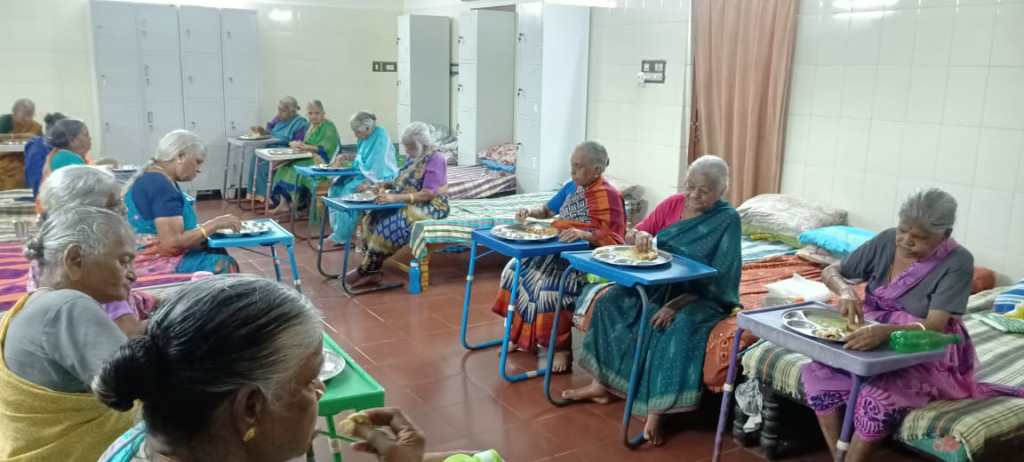
Provider home care is a great option if you're looking to improve the health of your loved one. This option pays Medicaid home care aides to travel between clients. This program can help you decide the cost effectiveness for in-home services and can be a wonderful way to bring family members closer together.
Maryland should reinstate provider home care program
The state has recently eliminated the independent provider home care program, which gives people more control over their care and finances. However, this decision will cause more harm that good, not only to Medicaid beneficiaries but also to home care aides who are covered by the program. The state originally projected that the cancellation of the program would drive up costs dramatically, but the Maryland Center on Economic Policy found that the increase would be very small.
Maryland Medicaid beneficiaries may have suffered from the elimination of self-directed health care. The goal of the state was to transfer responsibility for complying with federal law to private companies. Participants who self-direct their care might have better outcomes than those who get home care services from agencies.

Licensed home care services agencies (LHCSAs)
Licensed home care services agencies, or LHCSAs, provide nursing and personal-care services to clients in the comfort of their homes. These companies are often contracted by Medicare or Medicaid to provide these services. They may also work with other agencies to provide services. These agencies are subject to regulation by the New York State Department of Health and must follow certain state regulations.
The DOH will require a business plan that details projected expenses for the next two months before an applicant can apply for a license. The plan must include expenses such as salaries, office space and utilities. In addition, an applicant must submit a most recent balance sheet.
Medicaid home health aides are reimbursed for any time that they travel between clients
Medicaid funding is provided by the federal government as well as individual state governments. These funding sources establish the rules for the program. The federal government plays a greater role in setting standards, but states are free to choose the services they will provide. Particularly important is the flexibility in home care services.
Many home care workers are paid through Medicaid programs. Most of these programs receive funding from both the state and federal government. Each state has its own rules regarding how much home health aides are paid. While some states pay family caregivers for their services, others do not.

Cost-effectiveness of in-home care
While video visits can be used in place of physical visits, they are not a cost-effective alternative. For video visits to be effective, they must be capable of significantly reducing the time a provider has to spend with each patient. This is approximately a 80% reduction for a patient who has light impairments. Average-disabled patients will see a reduction of 6% to 8%.
Recent studies have shown that inpatient and outpatient home care are more affordable than traditional inpatient. One study examined six Philadelphia hospitals and compared the costs and re-hospitalization rates for patients receiving hospital care with home care. On average, patients who received homecare saved $6,500. According to the authors, home care programs could be expanded and made more accessible by Medicaid, Medicare and other payment programs.